What is Fly Fishing?
Fly fishing is a distinctive angling method that uses a lightweight artificial “fly” to mimic insects, baitfish, or other prey. Unlike traditional fishing, which relies on heavy lures or bait, fly fishing requires specialized casting techniques to present the fly naturally on the water’s surface or beneath it. This method is popular for catching trout, salmon, bass, and even saltwater species like bonefish and tarpon.
Why Choose Fly Fishing?
Fly fishing offers a unique and immersive outdoor experience. Here’s why anglers love it:
- Connection with Nature: Fly fishing often takes place in scenic rivers, streams, and lakes, providing a peaceful escape.
- Technical Challenge: Mastering casting, reading water, and selecting the right fly requires skill and patience.
- Versatility: Effective in both freshwater and saltwater environments.
- Sustainability: Catch-and-release practices are common, promoting conservation.
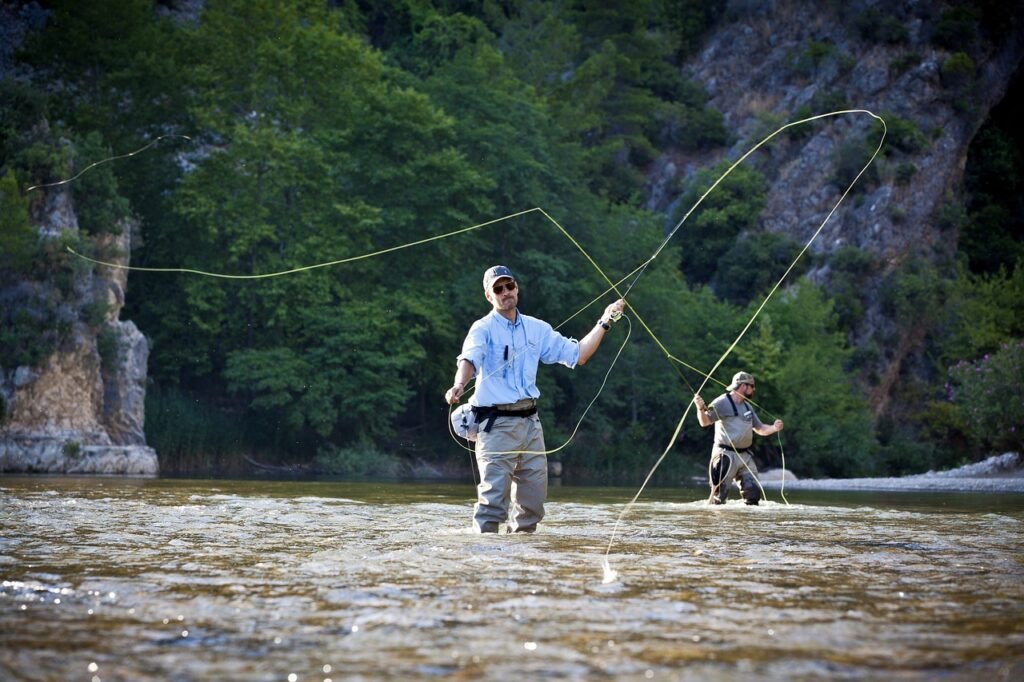
Essential Fly Fishing Gear
To get started, you’ll need the right equipment. Here’s a breakdown of the essentials:
- Fly Rod: Choose a rod weight (3-9wt) based on target species—lighter for trout, heavier for bass or saltwater.
- Fly Reel: Matches the rod weight and balances the setup.
- Fly Line: Weight-forward floating lines are ideal for beginners.
- Leaders and Tippet: Transparent lines that connect the fly to the main line.
- Flies: Dry flies, nymphs, streamers, and poppers imitate different prey.
- Waders and Boots: Keep you dry and stable in rivers.
- Vest or Pack: Holds gear like fly boxes, nippers, and floatant.
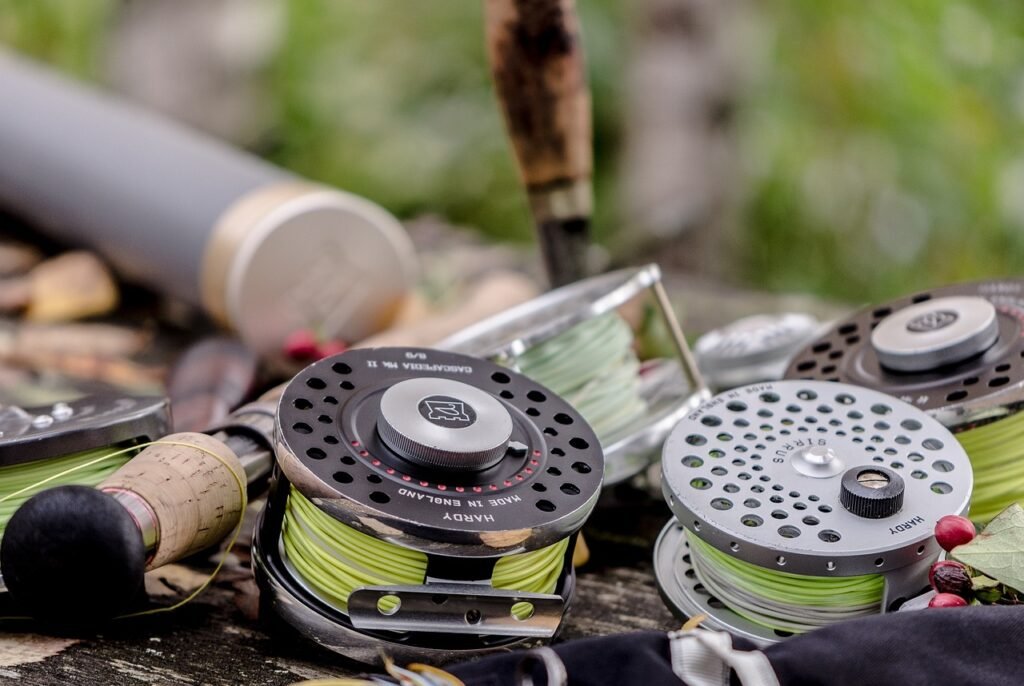
Basic Fly Fishing Techniques
Fly fishing involves several key techniques:
- Overhead Cast: The fundamental cast where the line is propelled forward in a loop.
- Roll Cast: Useful in tight spaces with limited backcast room.
- Dry Fly Fishing: Flies float on the water’s surface, imitating insects.
- Nymph Fishing: Subsurface technique using weighted flies to target feeding fish.
- Streamer Fishing: Mimics small fish or leeches with retrieves to trigger strikes.
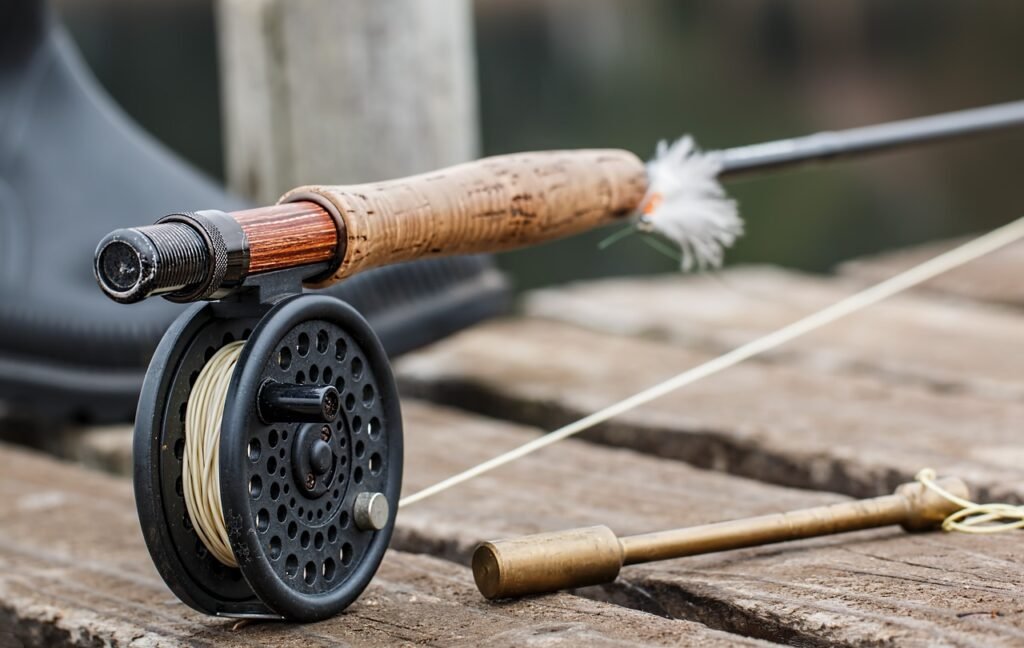
Tips for Beginners
New to fly fishing? Follow these tips for success:
- Start Simple: Practice casting in an open area before hitting the water.
- Observe the Water: Look for rising fish, currents, and insect activity.
- Match the Hatch: Use flies that resemble local insects.
- Stay Stealthy: Approach quietly to avoid spooking fish.
- Learn to Mend: Adjust the line’s position to achieve a natural drift.
Common Mistakes to Avoid
Even experienced anglers make errors. Avoid these pitfalls:
- Poor Casting Form: Snapping the rod or overpowering the cast.
- Wrong Fly Selection: Ignoring what fish are feeding on.
- Ignoring Line Management: Tangled lines lead to missed strikes.
- Fishing Unproductive Water: Target seams, eddies, and drop-offs where fish hold.
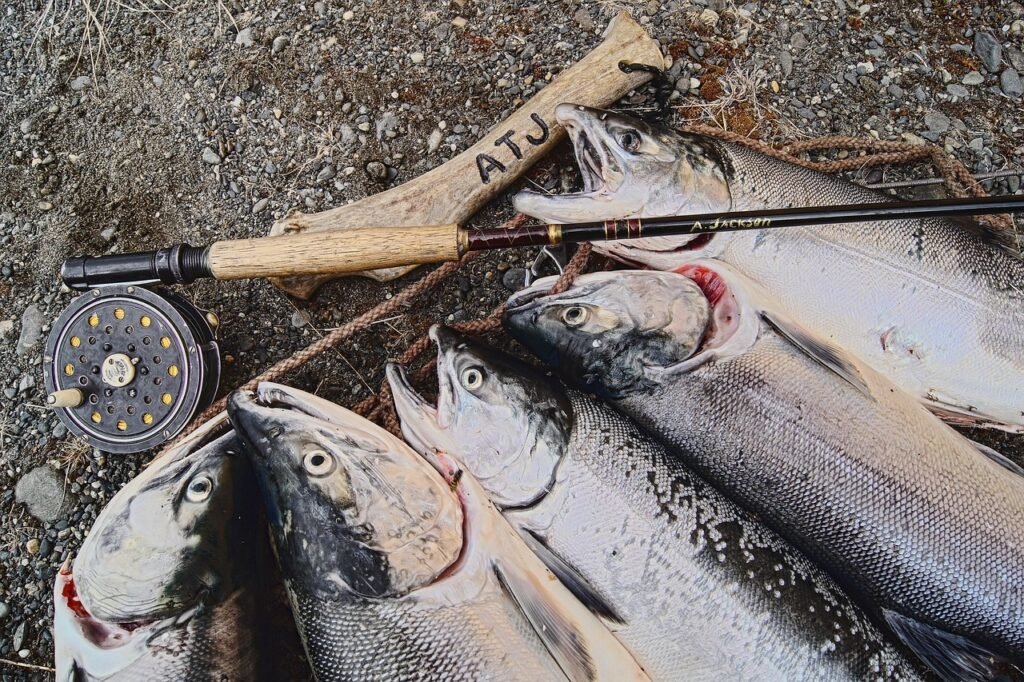
Fly fishing is a rewarding and meditative sport that combines skill, strategy, and appreciation for nature. Whether you’re chasing trout in a mountain stream or bonefish on the flats, the right gear, techniques, and patience will lead to success. Start with the basics, practice consistently, and soon you’ll experience the thrill of a perfect cast and a tight line. Tight lines and happy fishing!


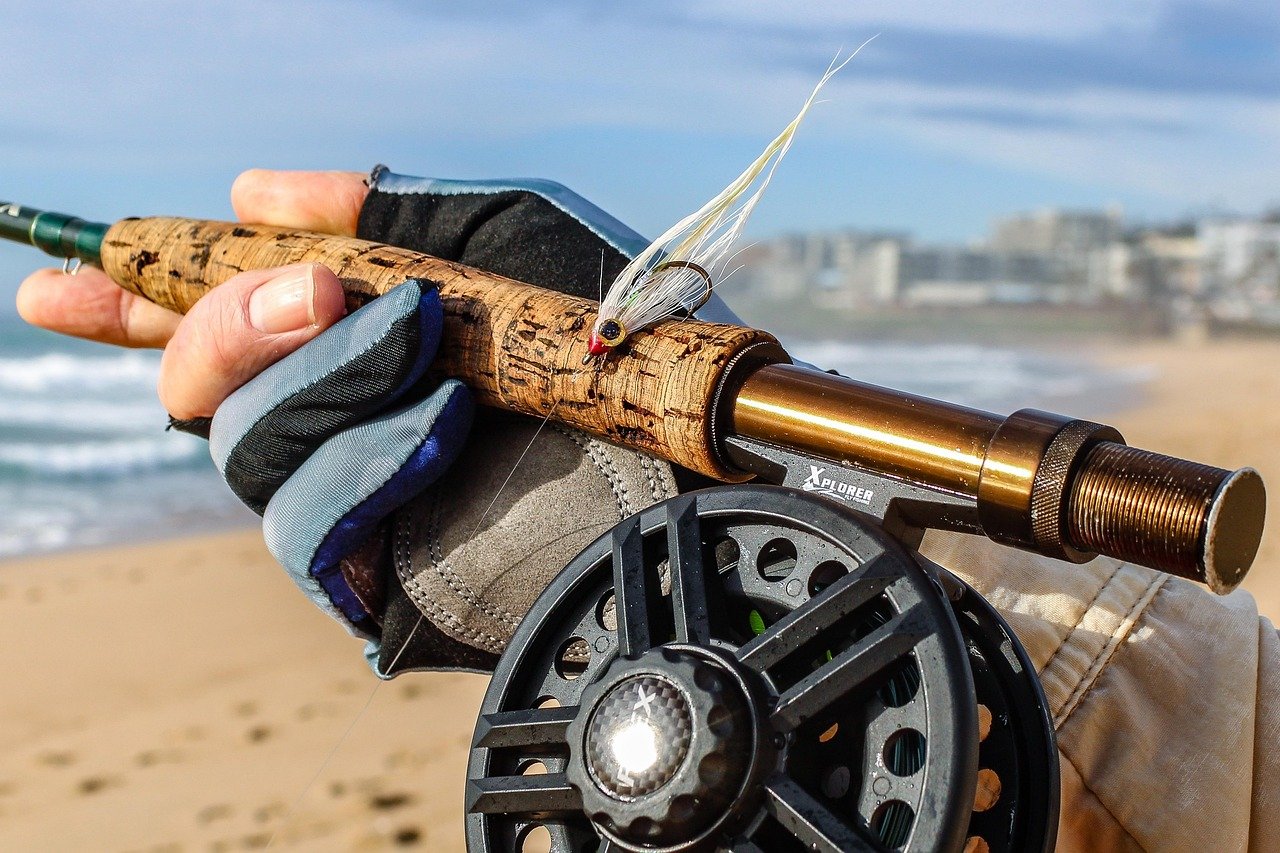








Leave a comment